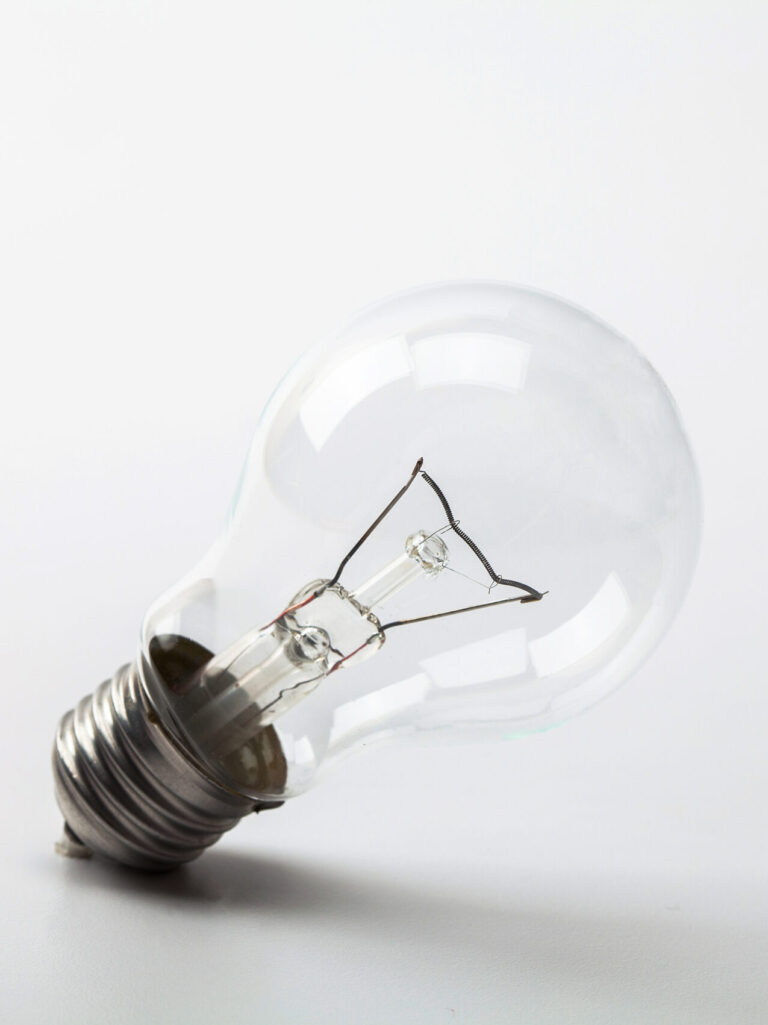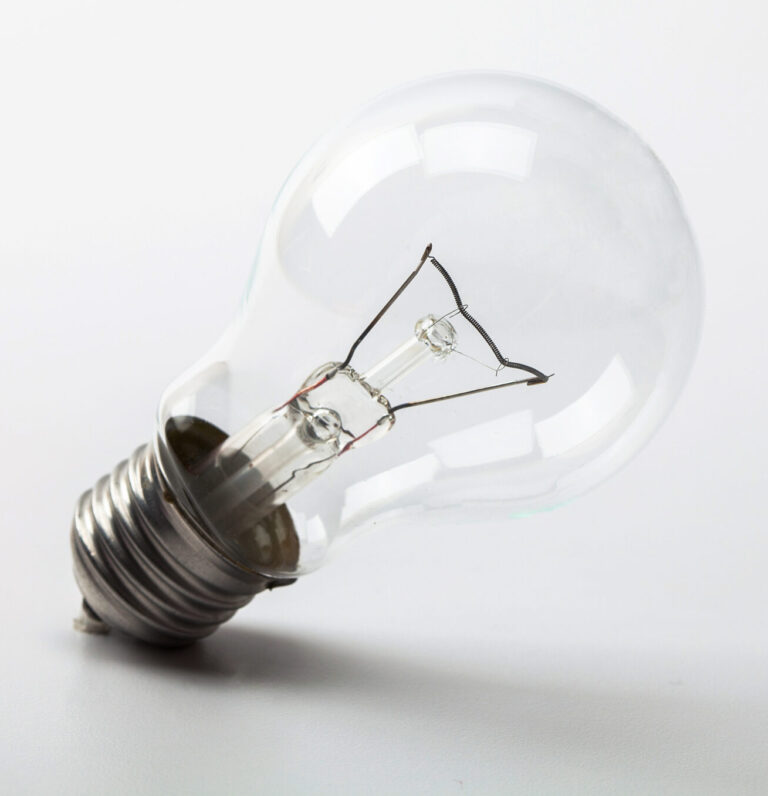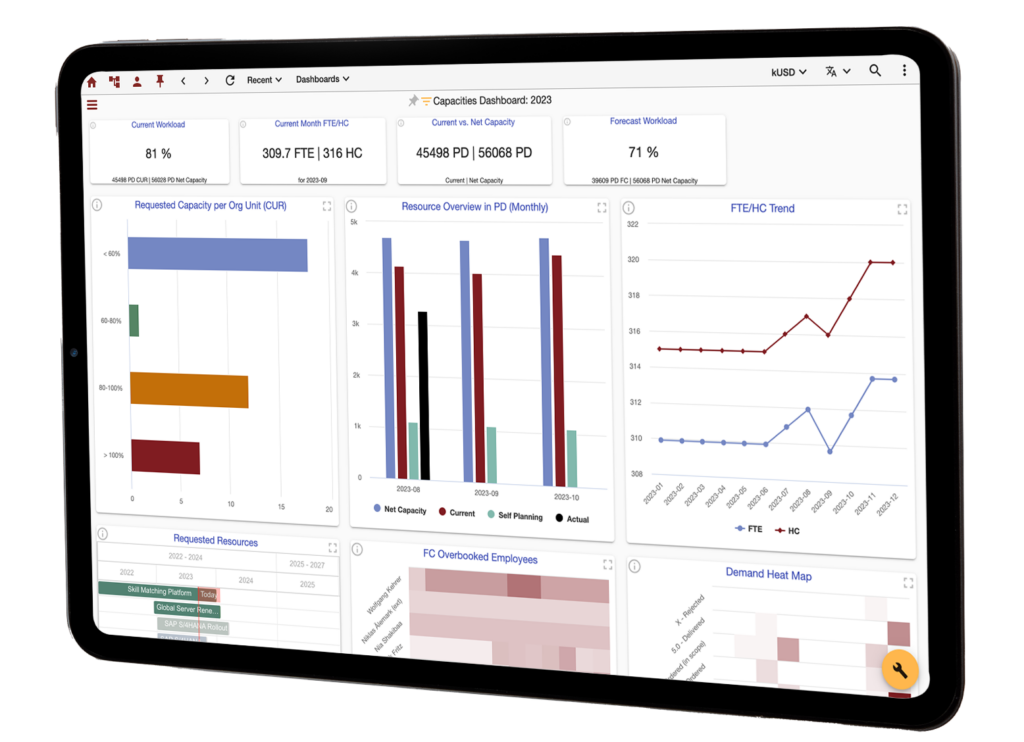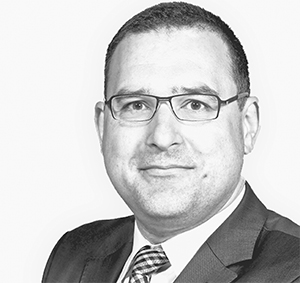





Bee360 is our solution for integrated and holistic management. Our platform provides a clear vision for information and technology management. All relevant decision areas are integrated in a single source of truth. The information can be accessed efficiently with a minimum of effort and complexity.
Bee360 provides a holistic overview and connects different areas such as strategy, enterprise architecture, project and portfolio management and finance. Connecting these areas enables our users to proactively design and transform organizations, as all impacts are always visible. Our customers don’t justify – they design.

Accelerate your transformation with Bee360! In a time of constant change, it’s critical to keep track of your progress and identify key dependencies for success. Immerse yourself in the world of Bee360 and give your transformation a clear direction and powerful implementation. Actively shape your path to success, supported by a solution that makes your transformation tangible!
Implement our tried-and-tested management model to be able to react quickly to changes. Data-driven decision making and empowering teams to take ownership help drive your agility and adaptability. Create a culture of innovation where employees are encouraged to develop and test creative ideas. Identify potential risks and uncertainties at an early stage and develop effective countermeasures at an early stage.
Create a model of your organization to obtain complete transparency about the most important dependencies and to serve as a basis for design. From organizational structure and business processes to resource planning and allocation, Bee360 helps you better understand workflows, define responsibilities, identify bottlenecks in time, and develop more efficient processes. All this is achieved in line with the company’s objectives and strategic direction.

Accelerate your transformation with Bee360! In a time of constant change, it’s critical to keep track of your progress and identify key dependencies for success. Immerse yourself in the world of Bee360 and give your transformation a clear direction and powerful implementation. Actively shape your path to success, supported by a solution that makes your transformation tangible!
Implement our tried-and-tested management model to be able to react quickly to changes. Data-driven decision making and empowering teams to take ownership help drive your agility and adaptability. Create a culture of innovation where employees are encouraged to develop and test creative ideas. Identify potential risks and uncertainties at an early stage and develop effective countermeasures at an early stage.
Create a model of your organization to obtain complete transparency about the most important dependencies and to serve as a basis for design. From organizational structure and business processes to resource planning and allocation, Bee360 helps you better understand workflows, define responsibilities, identify bottlenecks in time, and develop more efficient processes. All this is achieved in line with the company’s objectives and strategic direction.
In small steps we enable you to achieve great success.
Tailored to your needs in the management area of your choice.
Bee360 provides you with a comprehensive Enterprise Architecture Management (EAM) solution that helps you gain a clear view of your value proposition, business capabilities, and the technology needed to achieve them, while defining future goals.
The world is constantly changing, and your business needs to be flexible to remain successful. Bee360 helps you to manage the organization over the course of
to adapt to the times and continuously refine the corporate strategy.
Through our Strategic Portfolio Management (SPM) and Enterprise Agile Planning (EAP), you stay in control of change.
Manage your resources effectively and permanently keep track of costs. Bee360’s IT Financial Management (ITFM) enables you to automatically calculate costs for changes (Change) and ongoing operations (Run). Use rolling planning to give yourself the freedom to react quickly without losing sight of long-term goals.

Bee360 provides you with a comprehensive Enterprise Architecture Management (EAM) solution that helps you gain a clear view of your value proposition, business capabilities, and the technology needed to achieve them, while defining future goals.
The world is constantly changing, and your business needs to be flexible to remain successful. Bee360 helps you adapt the organization over time and continuously refine the business strategy. Through our Strategic Portfolio Management (SPM) and Enterprise Agile Planning (EAP), you stay in control of change.
Manage your resources effectively and permanently keep track of costs. Bee360’s IT Financial Management (ITFM) enables you to automatically calculate costs for changes (Change) and ongoing operations (Run). Use rolling planning to give yourself the freedom to react quickly without losing sight of long-term goals.


"Despite times of the Corona pandemic and a major organizational change, we were able to secure fiscal year planning in Bee360 within a very short period of time. With Clausmark's concepts & Bee360, we achieve financial transparency across the CDO and IT portfolio."
Guido Küster
Chief Information Officer
Phoenix Contact GmbH & Co KG
Whether you want to learn more details about the platform, see Bee360 in action, deepen your knowledge of the underlying management concepts in our digital university, or connect with our community at an event – it’s all just a click away.